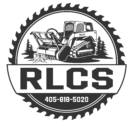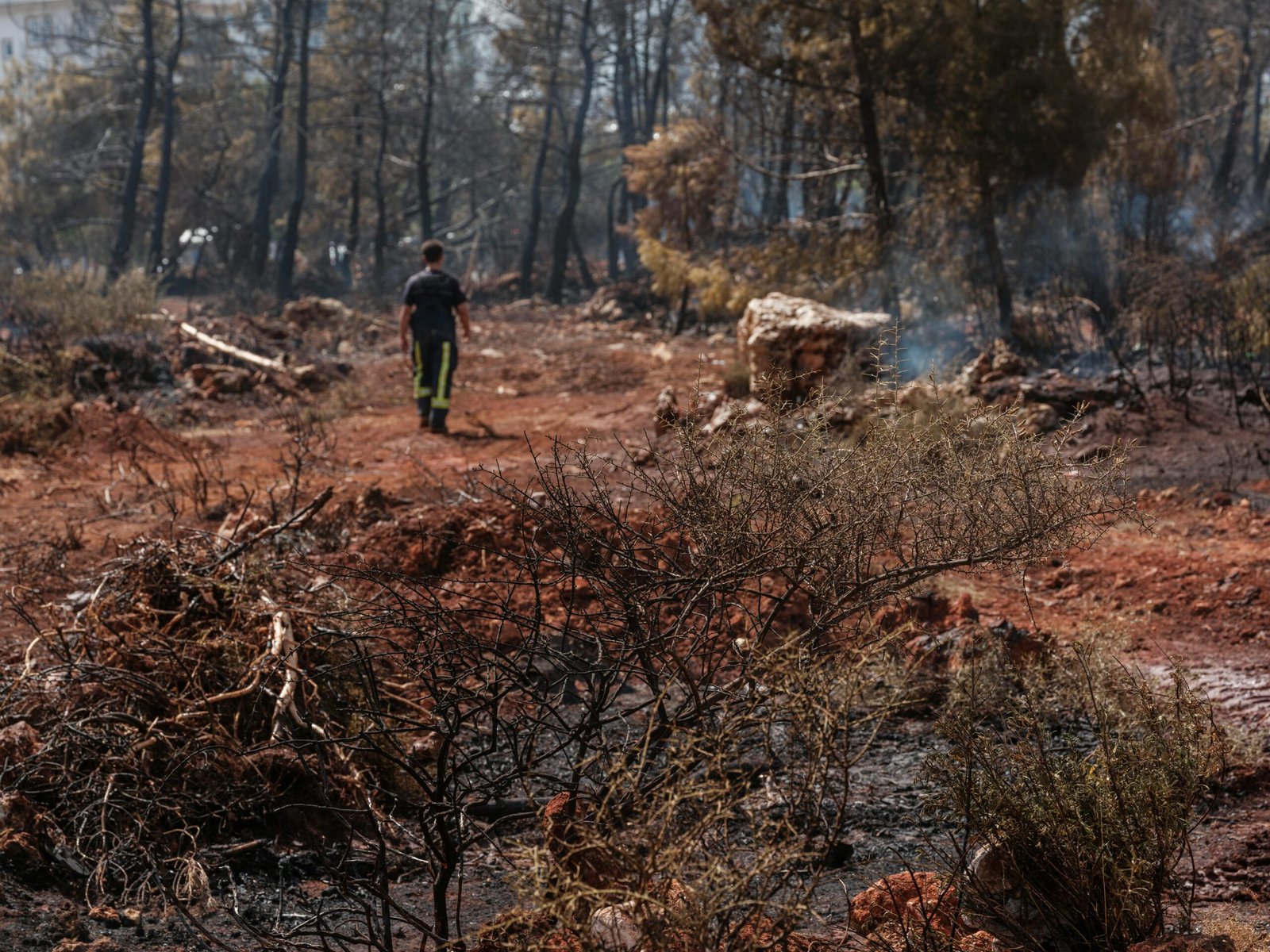When it comes to demolition services in Oklahoma, understanding the process is crucial for property owners planning to clear land or remove existing structures. Demolition is not just about tearing down walls; it involves careful planning, obtaining permits, and ensuring proper site cleanup after demolition. Whether you are working on a commercial project, residential property, or land clearing for new developments, knowing what to expect and how to prepare can make a significant difference in the outcome.
Understanding Demolition Services in Oklahoma
Demolition services in Oklahoma are designed to safely and efficiently dismantle structures, clear land, and prepare sites for future use. From small residential demolitions to large-scale commercial projects, these services are essential for property development, renovation, and land clearing. In Oklahoma, demolition companies typically offer a range of services, including structural demolition, interior demolition, selective demolition, and land clearing, often incorporating advanced techniques like forestry mulching for environmentally friendly site preparation.
The Scope of Demolition Projects
Demolition can range from knocking down a single wall inside a home to completely leveling a multi-story commercial building. Understanding the scope of your project is the first step. In Oklahoma, typical demolition projects include:
- Residential Demolition: Removal of houses, garages, sheds, and other small structures.
- Commercial Demolition: Demolishing office buildings, warehouses, and retail spaces.
- Industrial Demolition: Clearing factories, silos, and other heavy-duty structures.
- Land Clearing and Forestry Mulching: Removing vegetation, trees, and underbrush to prepare the site for new construction.
Each type of project requires specialized equipment, skilled operators, and careful planning to ensure safety and efficiency.
Planning for Demolition Services in Oklahoma
Preparing for demolition starts long before the first swing of the wrecking ball. Planning is key, and it involves several critical steps that property owners need to consider to ensure a smooth process.
Assessing the Site
The first step in any demolition project is a thorough assessment of the site. This involves evaluating the structure to determine the best demolition method, identifying any hazardous materials, and considering the environmental impact. In Oklahoma, environmental assessments may include checking for asbestos, lead paint, and other hazardous materials that must be handled according to state and federal regulations.
A professional demolition contractor will conduct a detailed inspection and provide recommendations based on the structure’s condition and the surrounding environment. This initial assessment helps set the stage for a safe and efficient demolition process.
Obtaining Permits and Compliance
Permits are a critical part of the demolition process. In Oklahoma, obtaining the necessary permits is mandatory before any demolition work can begin. The requirements may vary depending on the location and scope of the project, but typically include:
- Demolition Permit: Required for the legal teardown of any structure.
- Asbestos Inspection and Abatement Permit: Necessary if asbestos is found in the building.
- Utility Disconnection Permits: Ensures that all utilities (gas, water, electricity) are safely disconnected before demolition.
Failure to obtain the proper permits can result in fines, delays, and legal complications. Working with a reputable demolition contractor who understands local regulations can help streamline the permit process and ensure compliance with all safety standards.
Creating a Demolition Plan
A demolition plan outlines the specific steps and safety measures that will be followed during the demolition process. This plan should include:
- Safety Protocols: Procedures to protect workers, neighboring properties, and the public.
- Demolition Method: The technique that will be used (e.g., mechanical, manual, or implosive demolition).
- Waste Management: How debris and hazardous materials will be handled, recycled, or disposed of.
- Timeline: A schedule that outlines the start and completion dates.
A clear and detailed demolition plan helps ensure that all parties are on the same page and that the project proceeds efficiently without unexpected interruptions.
Preparing for Demolition: What Property Owners Should Do
Property owners play a crucial role in the demolition process, and proper preparation can significantly impact the project’s success. Here are some key steps to take:
Secure Your Property
Before demolition begins, it’s essential to secure your property and protect it from unauthorized access. Fencing, signage, and security measures can help keep the site safe and prevent accidents.
Disconnect Utilities
One of the most critical preparations is disconnecting all utilities. This includes shutting off electricity, gas, water, and any other services that may pose a risk during demolition. It’s important to coordinate with utility companies to ensure a safe and smooth disconnection process.
Clear Out Personal Belongings
Ensure that all personal belongings, valuable items, and hazardous materials are removed from the property before demolition starts. This includes furniture, appliances, and any items that could pose safety risks during demolition.
Inform Neighbors and Stakeholders
Demolition can be noisy and disruptive, so it’s courteous and often necessary to inform neighbors and other stakeholders about the planned work. Providing details on the project timeline and any safety measures in place can help mitigate concerns and foster good relationships with those impacted by the demolition.
Site Cleanup After Demolition: What to Expect
Once the demolition is complete, the job isn’t over. Proper site cleanup after demolition is a vital part of the process, ensuring that the land is ready for its next use.
Debris Removal and Disposal
Demolition generates a significant amount of debris, including concrete, wood, metal, and other materials. In Oklahoma, demolition companies are responsible for clearing all debris from the site. This involves sorting materials, recycling where possible, and disposing of waste in accordance with local environmental regulations.
Forestry Mulching and Land Clearing
For projects that involve land clearing, forestry mulching can be an environmentally friendly option. This method uses specialized equipment to shred trees and brush into mulch, which can be left on the ground to improve soil quality. Forestry mulching is often used in Oklahoma for land development, reducing the need for traditional clearing methods that can strip the land bare.
Grading and Soil Stabilization
After the debris is removed, the site may need to be graded and stabilized. Grading ensures that the land is level and ready for construction, while soil stabilization prevents erosion and prepares the site for future landscaping or building projects.
Final Inspections and Compliance Checks
The last step in the demolition process is a final inspection to ensure that all work complies with local regulations and safety standards. This includes verifying that all debris has been properly disposed of, utilities are safely disconnected, and the site is free of hazards.
Choosing the Right Demolition Services in Oklahoma
Selecting the right demolition contractor is crucial for the success of your project. Look for companies with a strong reputation, proper licensing, and experience in handling projects similar to yours. A good contractor will provide transparent pricing, detailed project plans, and a commitment to safety and environmental responsibility.
Questions to Ask Your Demolition Contractor
- Do you have experience with projects like mine?
- Are you licensed and insured in Oklahoma?
- How do you handle hazardous materials and environmental concerns?
- What is your plan for site cleanup after demolition?
- Can you provide references from previous clients?
Asking the right questions can help you find a contractor who is qualified, trustworthy, and capable of handling your demolition needs.
FAQs
How long does a typical demolition project take?
The duration of a demolition project depends on the size and complexity of the structure. Small residential demolitions can take a few days, while large commercial projects may take several weeks.
What is selective demolition?
Selective demolition involves removing specific parts of a structure while preserving the rest. This method is often used in renovation projects where only certain sections need to be removed.
Do I need to be present during the demolition?
You do not need to be present, but it’s recommended to stay informed about the progress and any issues that may arise. Regular communication with your contractor is key.
How are hazardous materials handled during demolition?
Hazardous materials like asbestos and lead paint must be identified and safely removed by certified professionals before demolition begins. This ensures compliance with safety regulations.
What happens to the debris after demolition?
Debris is sorted, recycled, and disposed of according to local regulations. Metals, concrete, and other recyclable materials are often repurposed, while non-recyclables are taken to approved landfills.
How much does demolition cost in Oklahoma?
Costs vary based on the size, complexity, and location of the project. On average, residential demolitions range from $4,000 to $15,000, while commercial demolitions can be significantly higher.
Conclusion
Demolition services in Oklahoma provide a vital step in property development and land clearing. Understanding the process, from planning and permits to site cleanup after demolition, helps ensure a smooth and successful project. By working with experienced contractors, preparing your property, and knowing what to expect, you can navigate the demolition process with confidence and set the stage for your next project.



